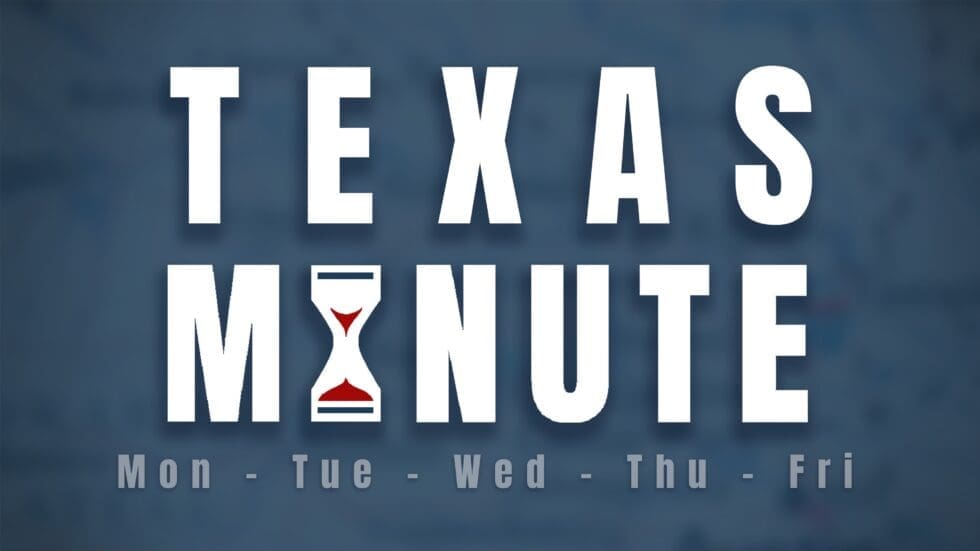In an effort to keep up with city improvements without growing Austin’s budget city manager Marc Ott is employing a new cost sharing technique. Ott is hoping to match willing residents, non-profit groups and businesses with the city to fund tasks like putting in speed humps and repainting bike lane stripes.
There are some positive things to be said for this effort but as is often the case this program has the potential to be a taxpayer funded money pit.
The city council deserves credit for looking at this program as a way to gauge public interest in certain projects. Input by the citizens in the form of money will advance projects, while those not commanding broad enough support will lack funding and won’t happen.
What needs close attention in this scheme is the scope of proposed projects. The city should be paying for infrastructure that will better the lives of all taxpayers.
Perversion in such a cost sharing program can be seen in Seattle where several Asian American organizations received $100,000 for a towering Chinese-style gate at the entrance to Seattle’s Chinatown. This is an improper use of taxpayer dollars and provisions in Austin’s plan should limit funds to non special interest projects.
This project is a step in the right direction, in that it will lower the amount of money the city is spending, it is important to note it does not lower taxes. To make this a more complete solution Austin would need to cut the number of projects it is fully and partially funding and shift that burden to willing contributors and off of overtaxed constituents.




